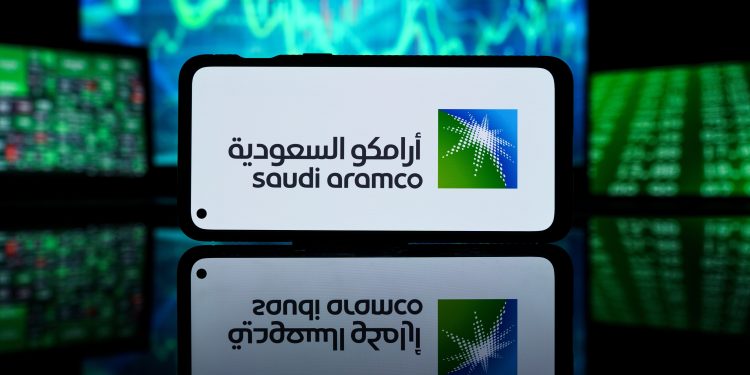Following the announcement of a secondary share offering poised to garner upwards of $11.2 billion, the value of Saudi Aramco’s shares witnessed a notable uptick on the first day of trading thereafter.
Opening at SAR27.95 per share, a slight dip from the previous session’s close at SAR28.3, the shares quickly rebounded, reaching SAR28.35 by mid-morning. The offering itself was priced at SAR27.25 per share, situating itself at the more conservative end of the anticipated pricing spectrum.
Information disseminated by informed individuals revealed that the majority of Aramco’s share offering was secured by international investors, with noteworthy participation from markets including the United States, the United Kingdom, Hong Kong, and Japan.
In its quest to reduce dependence on oil revenues, Saudi Arabia has been actively courting foreign capital to invest heavily in a multitude of sectors, intending to inject tens of billions into its ambitious diversification projects. Despite these efforts, actual foreign investment has fallen short of expectations.
Central to these diversification efforts is the kingdom’s Vision 2030 program, which encompasses a variety of initiatives ranging from the introduction of electric vehicles to the construction of advanced urban developments in the desert, primarily advanced through the Public Investment Fund (PIF).
The PIF, with a formidable asset base of $925 billion, has recently recalibrated some of its major initiatives to more sharply align with Vision 2030’s objectives.
Analysts and insiders suggest that the proceeds from Aramco’s share sale are likely destined for the PIF, although they may also serve to mitigate the country’s budget shortfall, exacerbated by declining oil prices.


